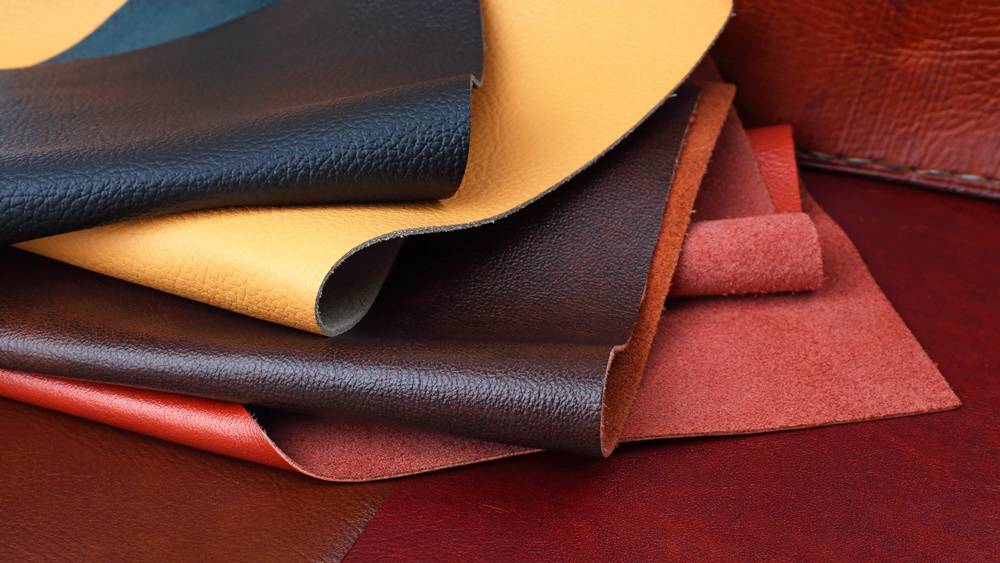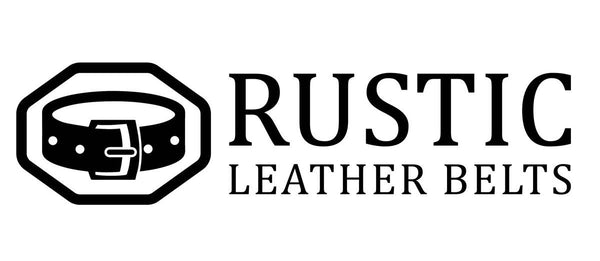
What's the Difference Between PU and Synthetic Leather? Expert Guide
Share
Walk into any leather goods store today, and you'll be bombarded with terms like "synthetic leather," "PU leather," "vegan leather," and "faux leather." If you're feeling confused, you're not alone. These terms get thrown around interchangeably, but they shouldn't be.
The distinction matters because it affects everything from how long your purchase will last to how much you should expect to pay. After working with leather materials for over a decade, I've seen too many customers make purchases based on misleading descriptions or incomplete information.
Let's cut through the marketing jargon and get to the truth about what you're actually buying.
Understanding the Synthetic Leather Landscape
Synthetic leather is like saying "fruit" – it's the umbrella term for any man-made material designed to replicate leather's look and feel. Under this broad category, you'll find several distinct types, each with its own manufacturing process, characteristics, and price point.
The synthetic leather industry has evolved dramatically over the past decade. What started as a simple cost-cutting measure has grown into a sophisticated market addressing everything from ethical concerns to performance requirements. Some synthetic leathers now rival genuine leather in certain applications, while others remain budget alternatives with obvious limitations.
This evolution has created a more complex marketplace where understanding the specifics becomes crucial for making informed decisions.

PU Leather: The Market Leader
Here's where most confusion begins: PU leather (polyurethane leather) is actually a specific type of synthetic leather, not a separate category. However, it's so dominant in the market that many retailers use "synthetic leather" and "PU leather" interchangeably.
This matters because PU leather has distinct characteristics that don't apply to all synthetic leathers. When you see "synthetic leather" in a product description without further specification, you're usually looking at PU leather – but that assumption can lead to disappointment if you're expecting different performance characteristics.
The PU Manufacturing Process
PU leather starts with a fabric base – typically polyester or cotton – which gets coated with multiple layers of polyurethane. The surface is then textured and colored to mimic genuine leather's grain patterns. The quality of the final product depends heavily on the base material quality, coating thickness, and manufacturing precision.
Higher-end PU leather uses superior base fabrics and thicker polyurethane applications, resulting in better durability and more convincing leather-like appearance. Budget versions often cut corners on these elements, leading to faster deterioration.
PU Leather: The Real Performance Picture
Genuine Advantages:
- Significantly lower cost than genuine leather
- Excellent water resistance (unlike genuine leather)
- Consistent appearance without natural variations
- Simple maintenance requirements
- Ethical manufacturing without animal products
Honest Limitations:
- Inevitable cracking and peeling with age and use
- Poor breathability compared to genuine leather
- Lacks the distinctive leather scent many appreciate
- Doesn't develop attractive patina over time
- Generally shorter lifespan, especially with daily use
The key is matching these characteristics to your specific needs and expectations.

Beyond PU: Other Synthetic Alternatives
While PU dominates the synthetic leather market, several other options deserve consideration:
Microfiber Leather
This premium synthetic option uses ultra-fine fibers to create a more convincing leather-like texture. Popular in automotive applications and high-end furniture, microfiber leather offers superior breathability and often better durability than standard PU alternatives.
PVC Leather
Less common today due to environmental concerns, PVC (polyvinyl chloride) leather still appears in applications requiring extreme durability. It's less flexible than PU but offers superior puncture resistance.
Innovative Bio-Based Options
The newest category includes materials made from plant-based sources like pineapple leaves, mushroom mycelium, and cork. These represent the cutting edge of sustainable leather alternatives, though they typically command premium prices.
Decoding Product Descriptions
One of the biggest challenges consumers face is unclear product descriptions. Many retailers use vague terminology that obscures what you're actually purchasing.
Warning Signs in Product Descriptions
- "Genuine synthetic leather" (contradictory terminology)
- "Premium leather-like material" (deliberately vague)
- "Vegan leather" without material specification
- "Faux leather" with no additional details
What Quality Retailers Should Provide
- Specific material identification (PU, microfiber, etc.)
- Manufacturing process details
- Realistic durability expectations
- Appropriate care instructions
If a retailer won't specify the exact type of synthetic leather they're selling, consider shopping elsewhere. Transparency in material description often correlates with overall product quality and customer service.

Making the Right Choice for Your Lifestyle
The "best" synthetic leather depends entirely on your specific needs, budget, and usage patterns:
For Occasional Use
PU leather excels in applications where appearance matters more than long-term durability. Items like evening bags, seasonal accessories, or special occasion belts can perform admirably with quality PU construction.
For Daily Use
Items facing regular wear – wallets, work bags, everyday belts – benefit from higher-grade materials. While premium PU can work, consider microfiber alternatives or genuine leather for items that need to withstand daily use.
For Specific Performance Requirements
Consider your environment and usage patterns. Need water resistance? PU leather excels. Want breathability? Microfiber performs better. Prioritizing sustainability? Research bio-based alternatives.

Proper Care Extends Lifespan
Regardless of which synthetic leather you choose, proper care significantly impacts durability:
Daily Maintenance
- Clean spills immediately with a damp cloth
- Avoid exposure to extreme temperatures
- Store items properly to prevent unnecessary creasing
- Use appropriate storage methods (hangers, dust bags, etc.)
Long-Term Care
- Apply synthetic leather conditioners periodically
- Address minor damage quickly to prevent spreading
- Rotate usage among multiple items when possible
- Avoid overloading bags or overstuffing wallets
What to Avoid
- Harsh chemical cleaners
- Direct sunlight exposure during storage
- Excessive heat (car dashboards, radiators)
- Traditional leather conditioners (can damage synthetic materials)
The Bottom Line
Understanding the relationship between PU and synthetic leather isn't about memorizing technical specifications – it's about making informed decisions that align with your needs and expectations.
PU leather serves as an excellent introduction to leather goods for many consumers, offering attractive styling at accessible prices. However, it's not trying to be genuine leather, and it shouldn't be judged by genuine leather standards.
When shopping for leather goods, insist on clear material descriptions. Ask specific questions about construction methods, expected lifespan, and care requirements. Quality retailers will provide this information gladly, while those who won't may be hiding something.
The goal isn't to find the "best" synthetic leather – it's to find the right synthetic leather for your specific situation. Whether that's budget-friendly PU for occasional use or premium microfiber for daily wear, informed decisions lead to satisfied customers.
Remember: the right choice is the one that meets your needs, respects your budget, and aligns with your values. Everything else is just marketing noise.



